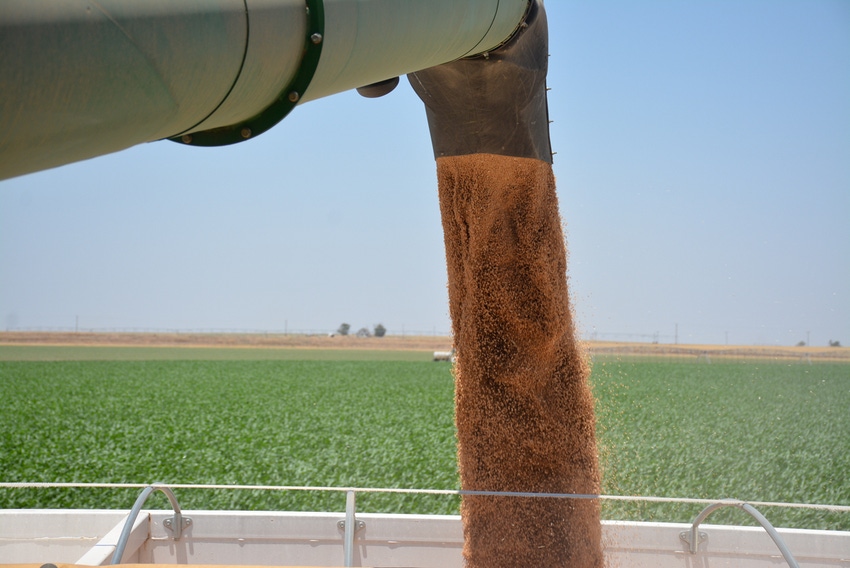July 18, 2018

The stage is set for cash wheat prices to go from the current $4.80 Panhandle, $5.00 Oklahoma, to around $6.00 by December 1. The difference between current prices and $5.50 depends on the U.S. spring wheat and Canadian wheat crops. The difference between current prices and $6.00 depends mostly on Russian, Ukrainian, and Kazakhstan wheat production.
The major countries that produce and export hard wheat include Argentina, Australia, Canada, Kazakhstan, Russia, the Ukraine, and the U.S. (these will be referred to as “hard wheat countries”).
The five-year average production for the hard wheat countries is 7.80 billion bushels. The largest producer and exporter is Russia, with a five-year average production of 2.4 billion bushels. Russia’s wheat exports have averaged 1.18 billion bushels per year. The U.S. five-year average hard wheat (hard red winter and hard red spring) production is 1.33 billion bushels, and the five-year average hard wheat exports are 615 million bushels.
The July World Agricultural Supply and Demand Estimates (WASDE) projected that production for the hard wheat countries would be 7.87 billion bushels, compared to 8.35 billion bushels in 2017 and 8.75 billion bushels in 2016.
Lower production than in 2017 is projected in Russia (2.46 billion bushels vs. 3.12 billion bushels), the Ukraine (937 million bushels vs. 991 million bushels), and Kazakhstan (514 million bushels vs. 544 million bushels). The five-year average production is 941 million bushels for the Ukraine and 518 million bushels for Kazakhstan.
DECLINING ENDING STOCKS
WASDE estimates are that ending stocks for the hard wheat countries will decline from 773 million bushels to 701 million bushels.
For Oklahoma and Texas prices to increase $1 or more, the sum of production estimates and actual production in the other hard wheat countries must continue to decline. World hard wheat ending stocks need to decline to the five-year average of 635 million bushels.
Other factors besides production and ending stocks have an impact on wheat prices. Hard red winter wheat production in the U.S. is projected to be 657 million bushels, compared to 765 million bushels in 2017, and a five-year average of 830 million bushels.
Hard red winter wheat production that is 173 million bushels below average should result in well-above-average prices. The 10-year average Oklahoma price is $5.68, and the Texas average price is $5.77.
Two factors are having a major negative impact on prices. Comparisons of five-year averages 2003 through 2017, and 2013 through 2017, show that world hard wheat exports have increased 49 percent. Comparing the same periods in the U.S., hard wheat exports have declined 14 percent. Russian exports have increased 200 percent.
ODDS FAVOR LESS PRODUCTION
Another factor is that the hard red winter wheat harvested in 2018 is averaging 12.8 percent protein, with 60.3 pound test weight. Most export contracts require a minimum of 12 percent protein and 59 pound test weight. Wheat harvested in 2017 had an average protein of 11.4 percent protein and an average test weight of 60.8 pounds. Blending 2018 wheat with 2017 wheat will increase the supply of exportable wheat.
Only about 10 percent of the crop in the hard wheat countries has been harvested. Russia, the Ukraine, and Kazakhstan have just started their harvests. U.S. spring wheat harvest will start in August. Argentine and Australian harvests run from late October through December. World hard wheat production will not be known until the wheat has crossed the scales.
What is known is that the odds favor lower wheat production than last year, and it is still possible for production to be significantly less than projected. If that happens, wheat prices will reach the $6.00 level by December 1.
About the Author(s)
You May Also Like






